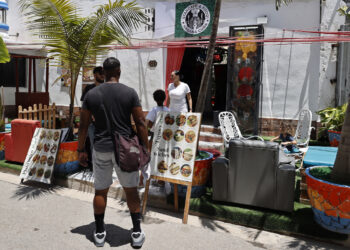Current events in Cuba make me return again and again to photographs taken in the past. It might seem like an exercise in dusting off archives, but it’s quite the opposite. By running in circles, these images, far from aging, are renewed from time to time. As if time on the island didn’t advance in a straight line, but rather revolved around itself, always returning to the same starting point.
This photographic journey is also related to the feeling that what happens in Cuba seems to pass — by mandate of some unwritten logic — through an absurd sieve.
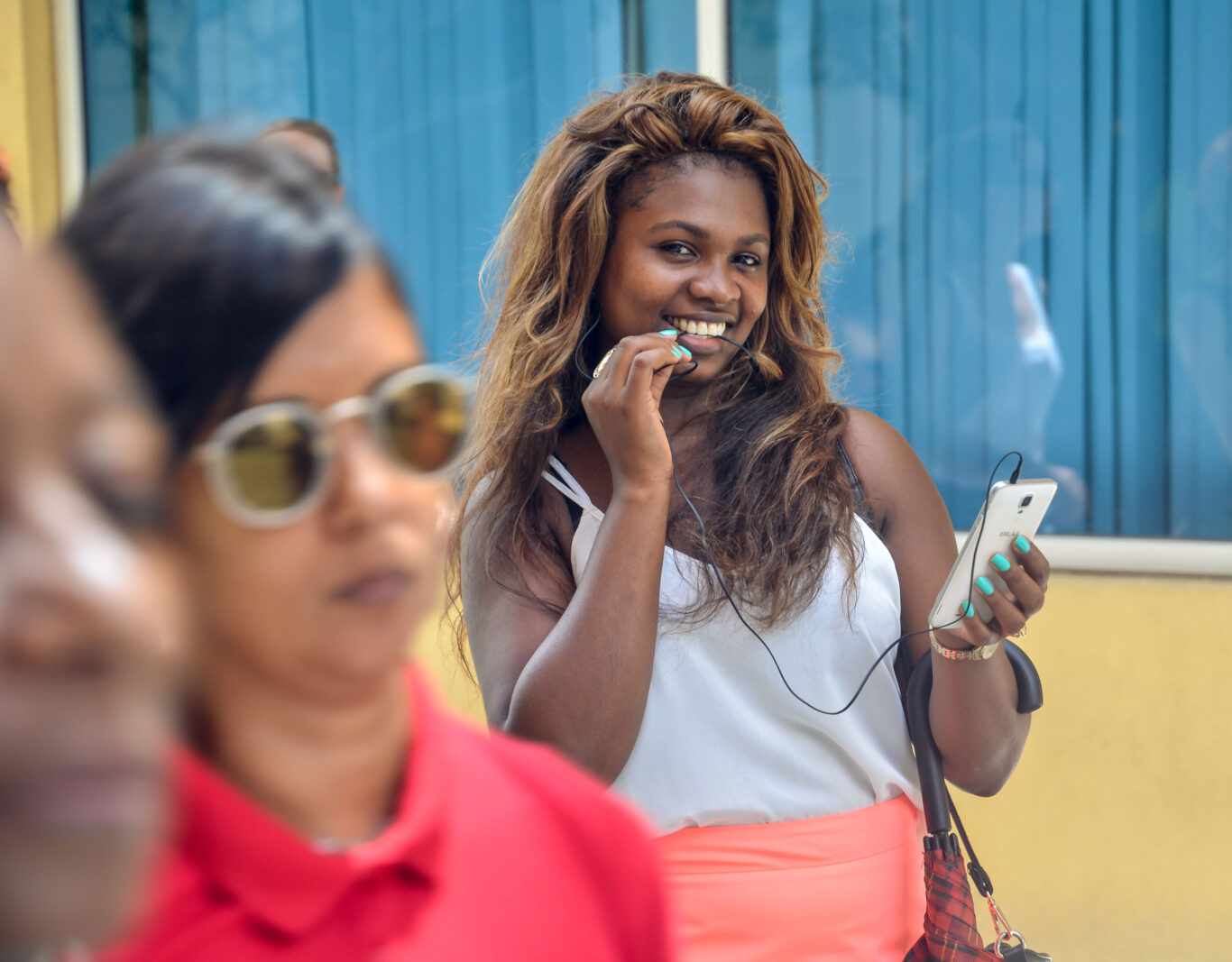
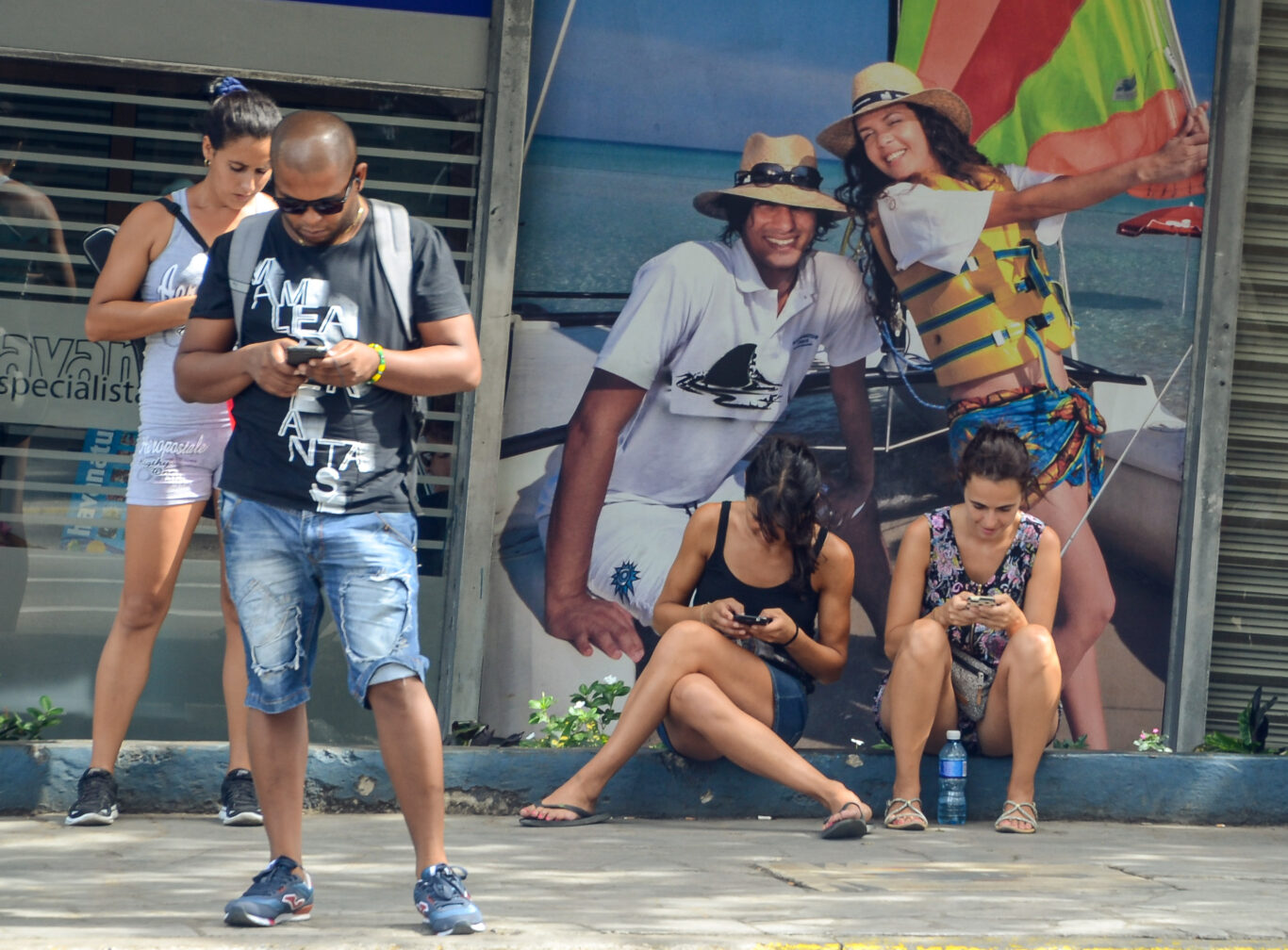
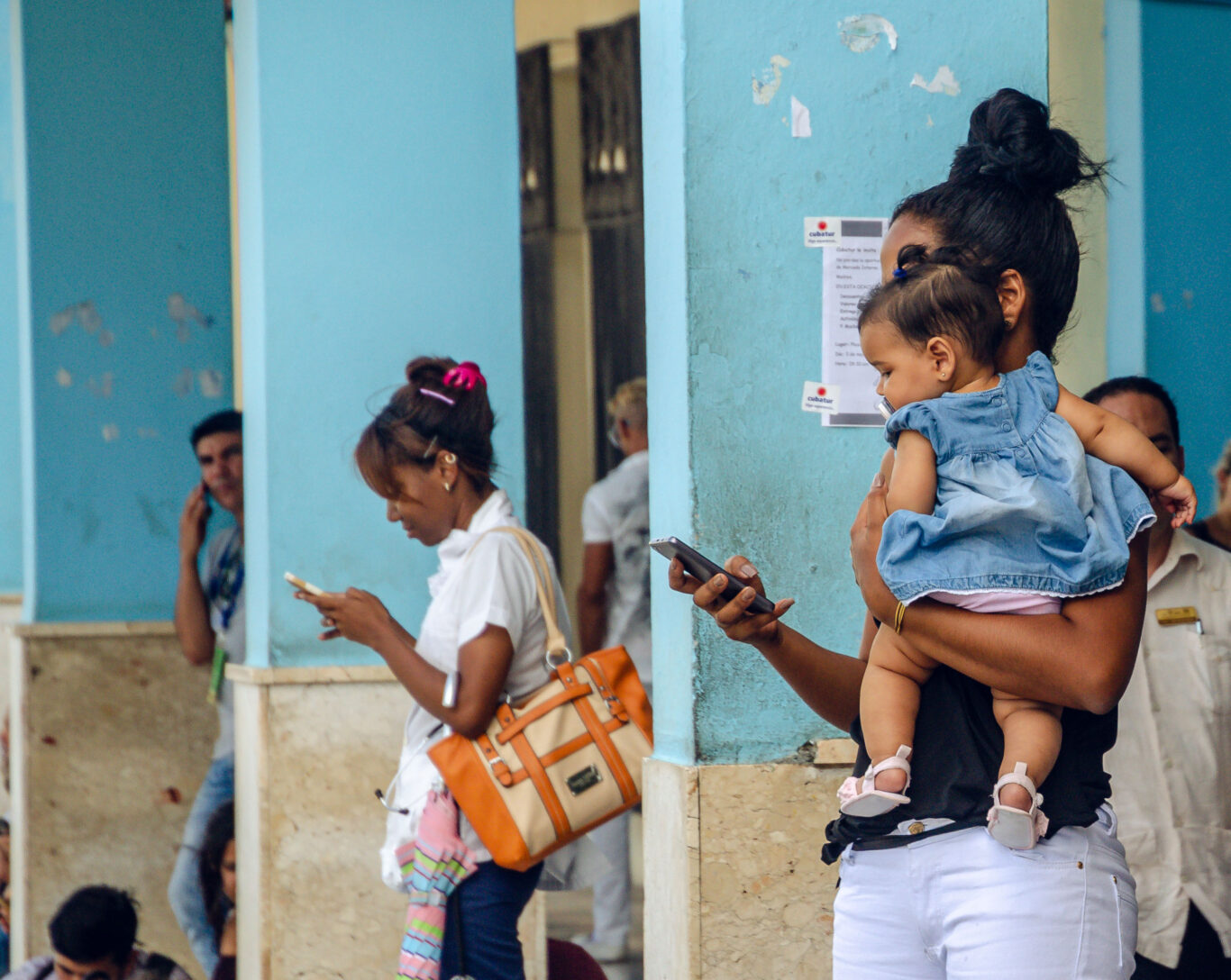
One of the most recent chapters in the surreal saga once again has the internet as its protagonist.
The photos are from ten years ago, when internet access spread through Wi-Fi hotspots in parks, hotels and certain public spaces, the so-called street internet.
People crowded any park with Wi-Fi, holding up phones searching for a signal, street vendors selling refill cards whispering “Wi-Fi, Wi-Fi,” and computers everywhere, as if it were an internet cafe with no coffee, chairs or tables.
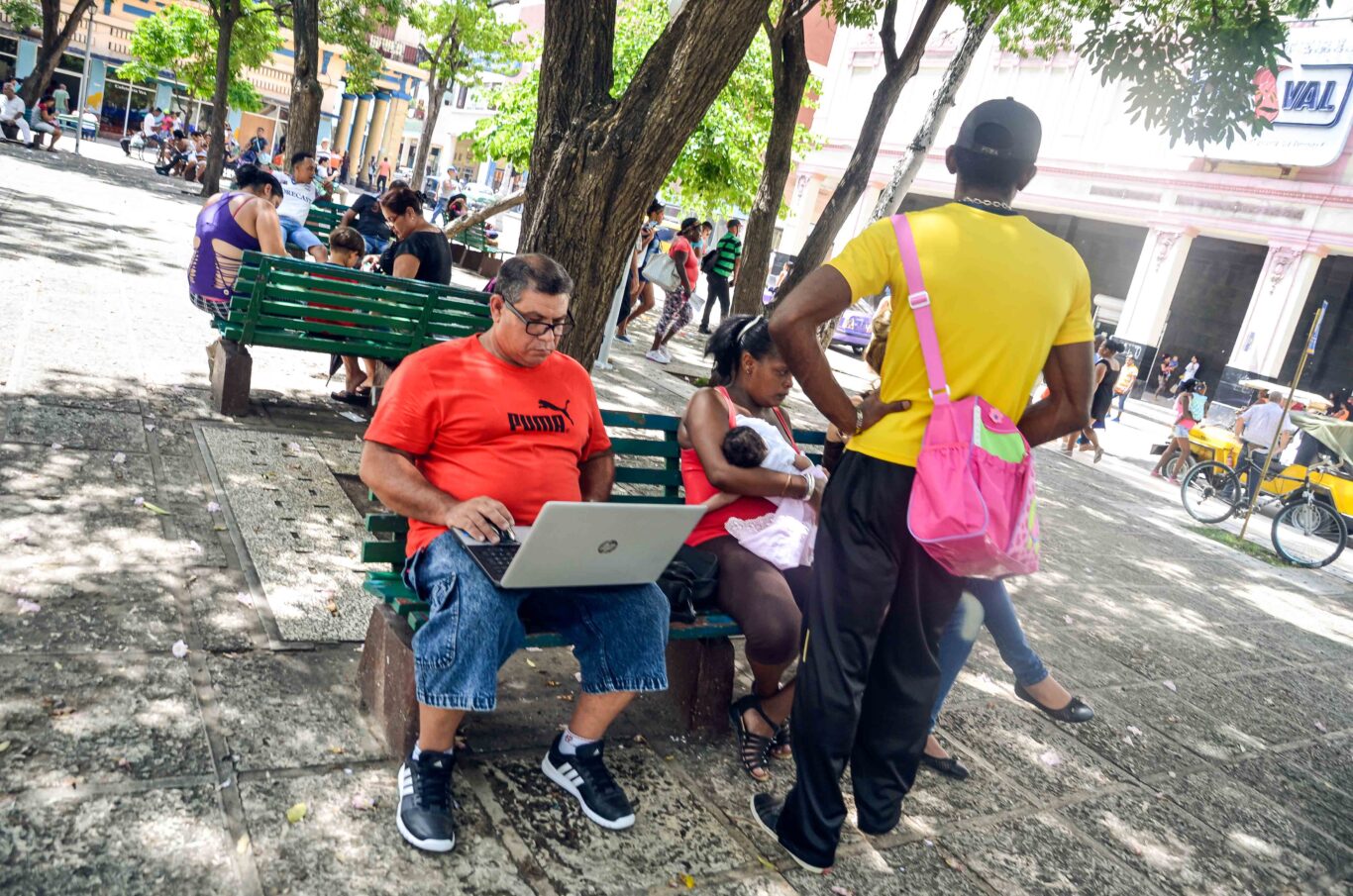
Since then, internet access in Cuba has oscillated between the miraculous and the frustrating, between a victory and a renunciation. The rates — disproportionate to the average salary — were always an obstacle, but the need to stay connected, to take a peek at the world, to know about a son or daughter in Miami, or to see memes, was stronger.

So, people managed as best they could. Waiting in endless lines at ETECSA locations — the only company that controls telephone and internet service in the country — to buy a card, wait for the promised discounts, share data packages with neighbors or cross their fingers every time ETECSA announced improvements to its service.
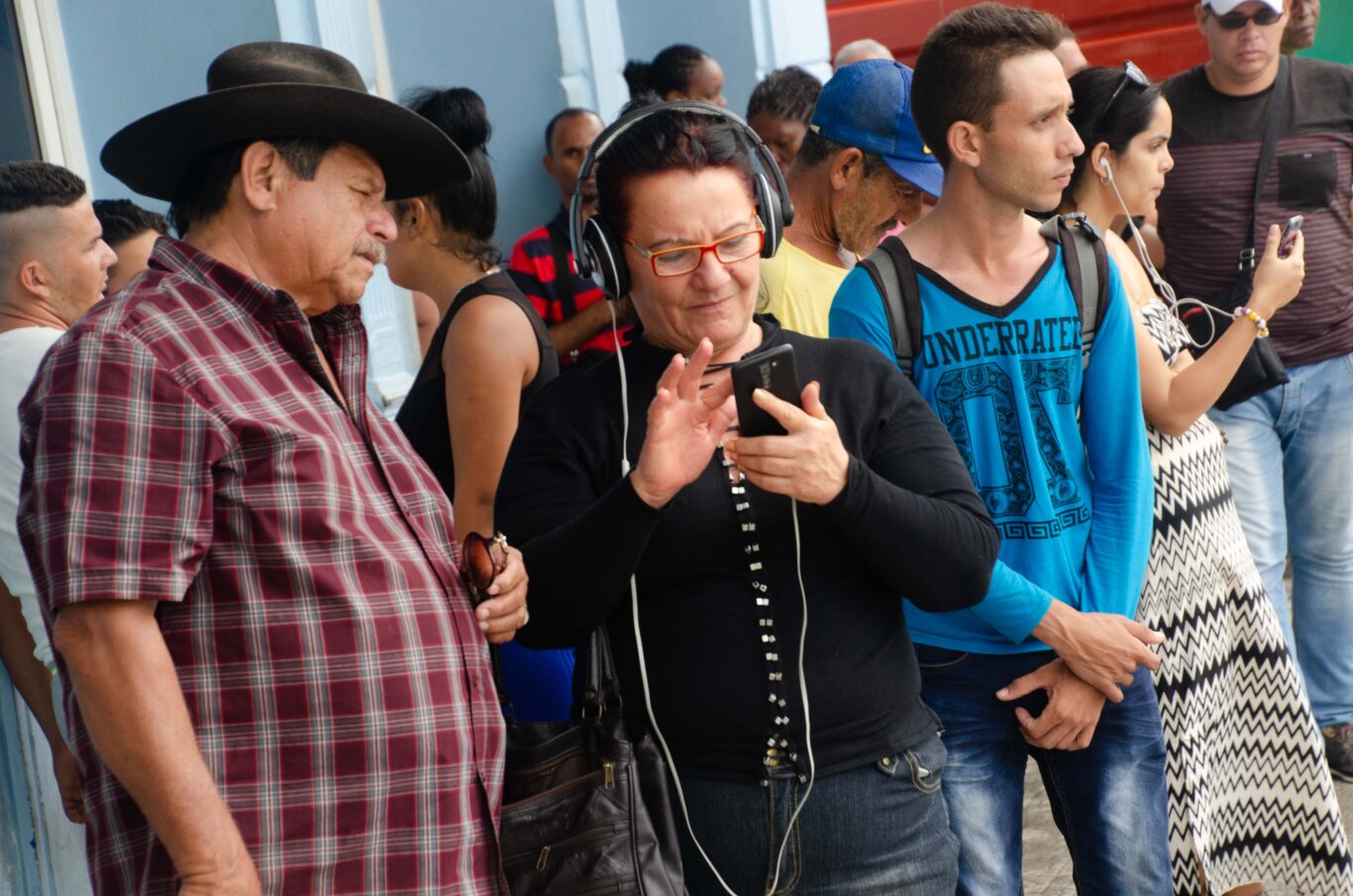
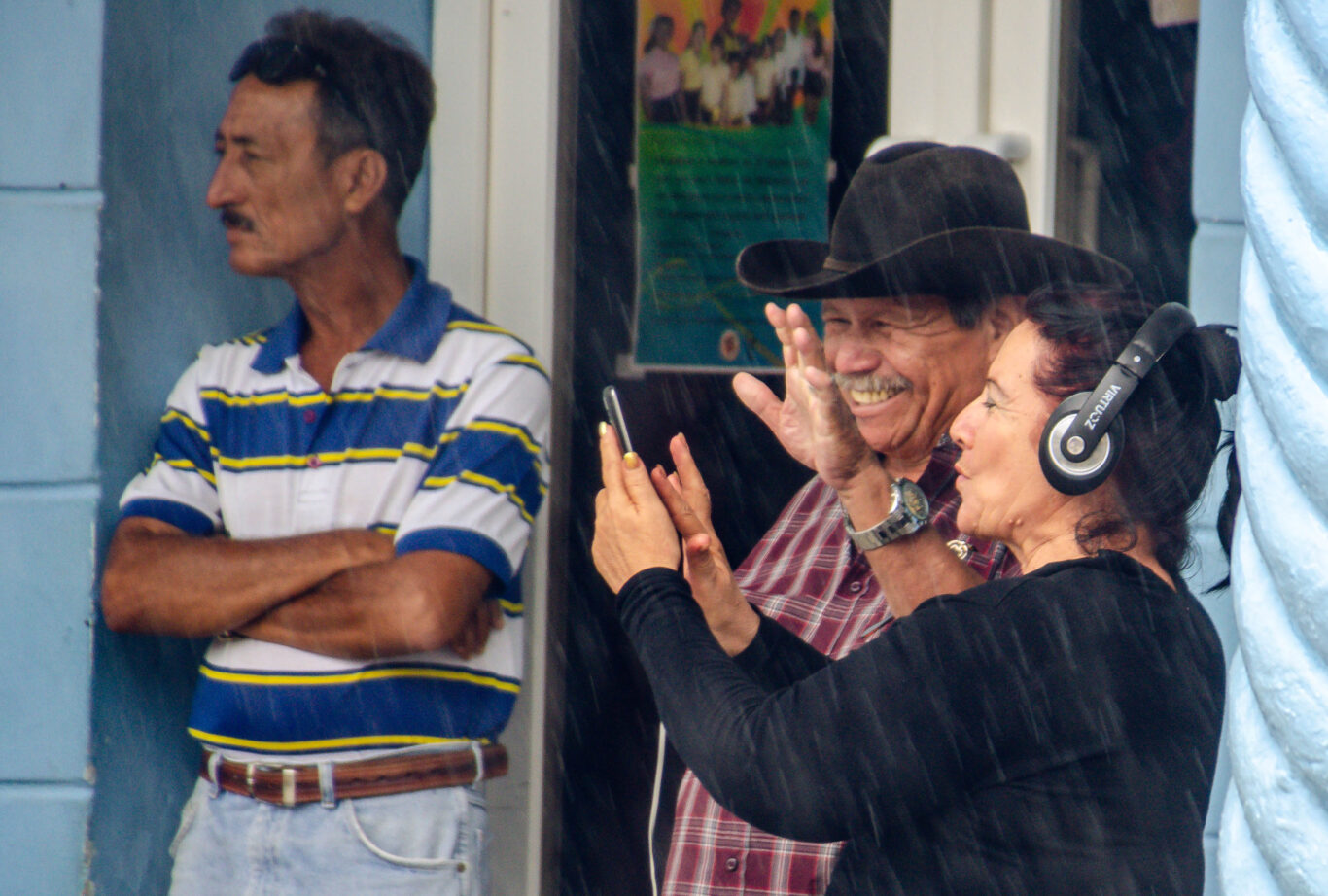
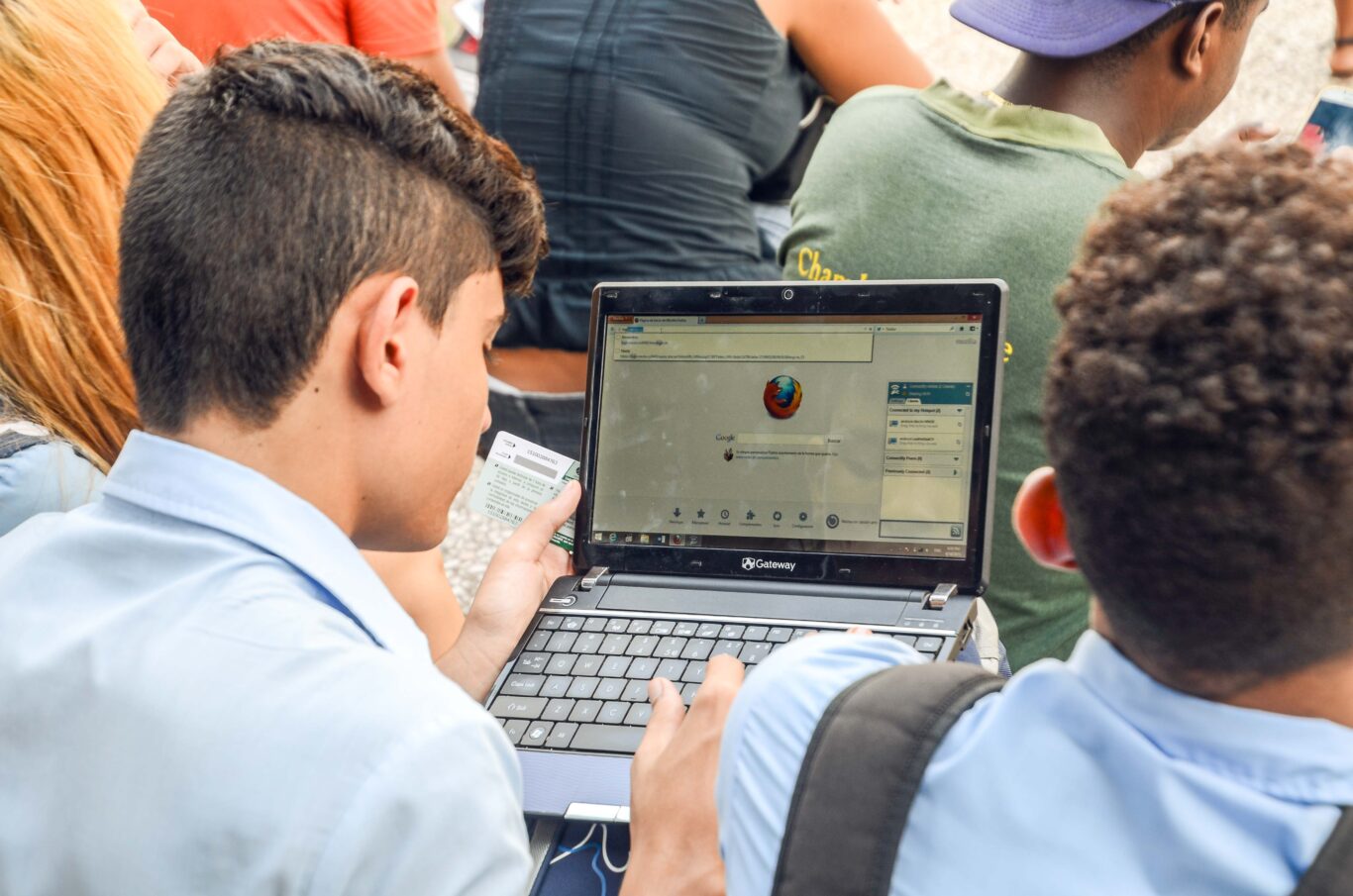
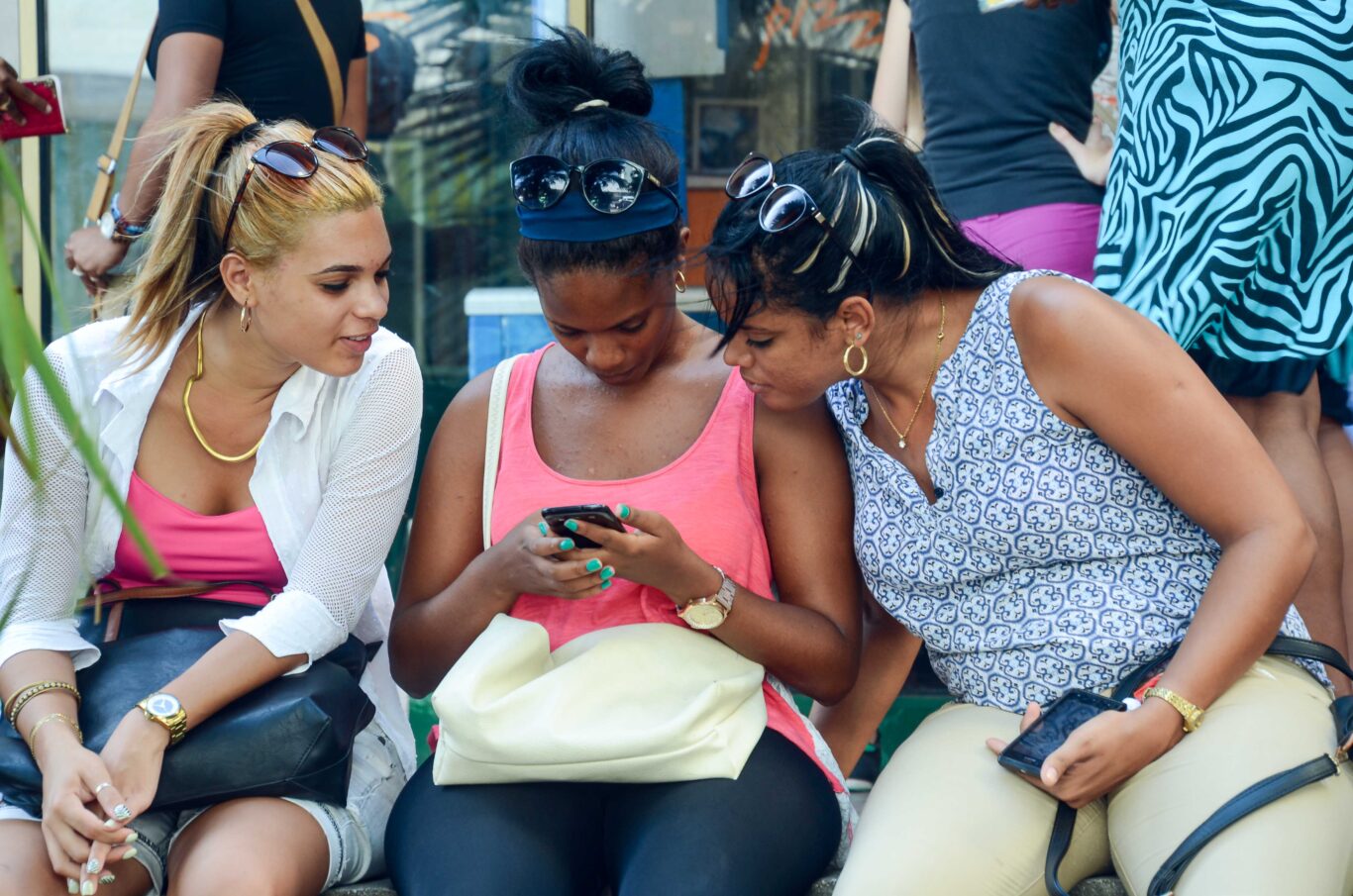
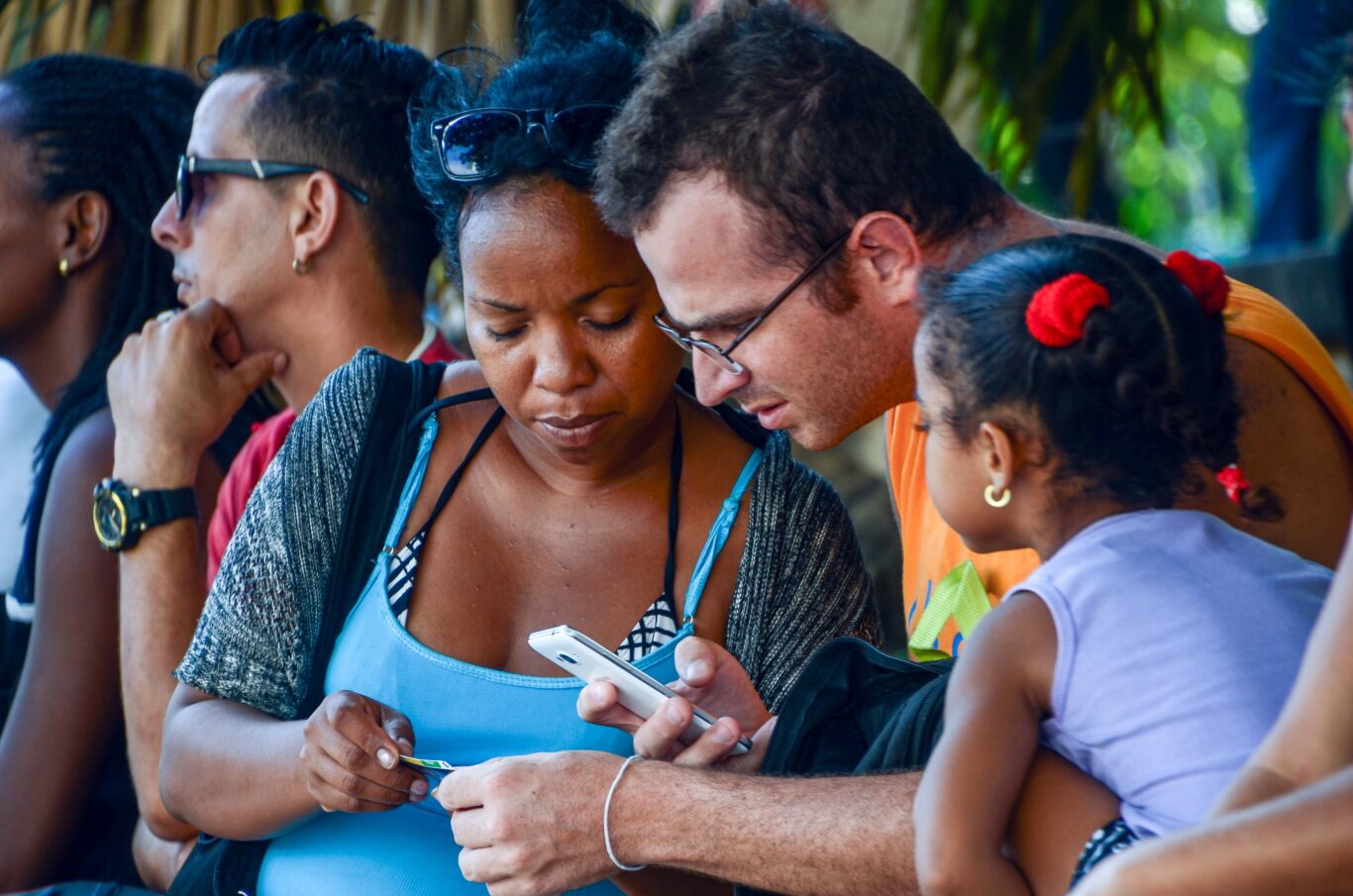
In December 2018, mobile data was enabled and virtual communication gained significantly in privacy. Prices, initially very high, became more affordable over the years, although growing inequality marked a significant digital divide.
And so we come to the present: the tariff increase, a steep rise in mobile data package prices, implemented in an economy already battered by inflation, shortages, blackouts and rampant emigration.

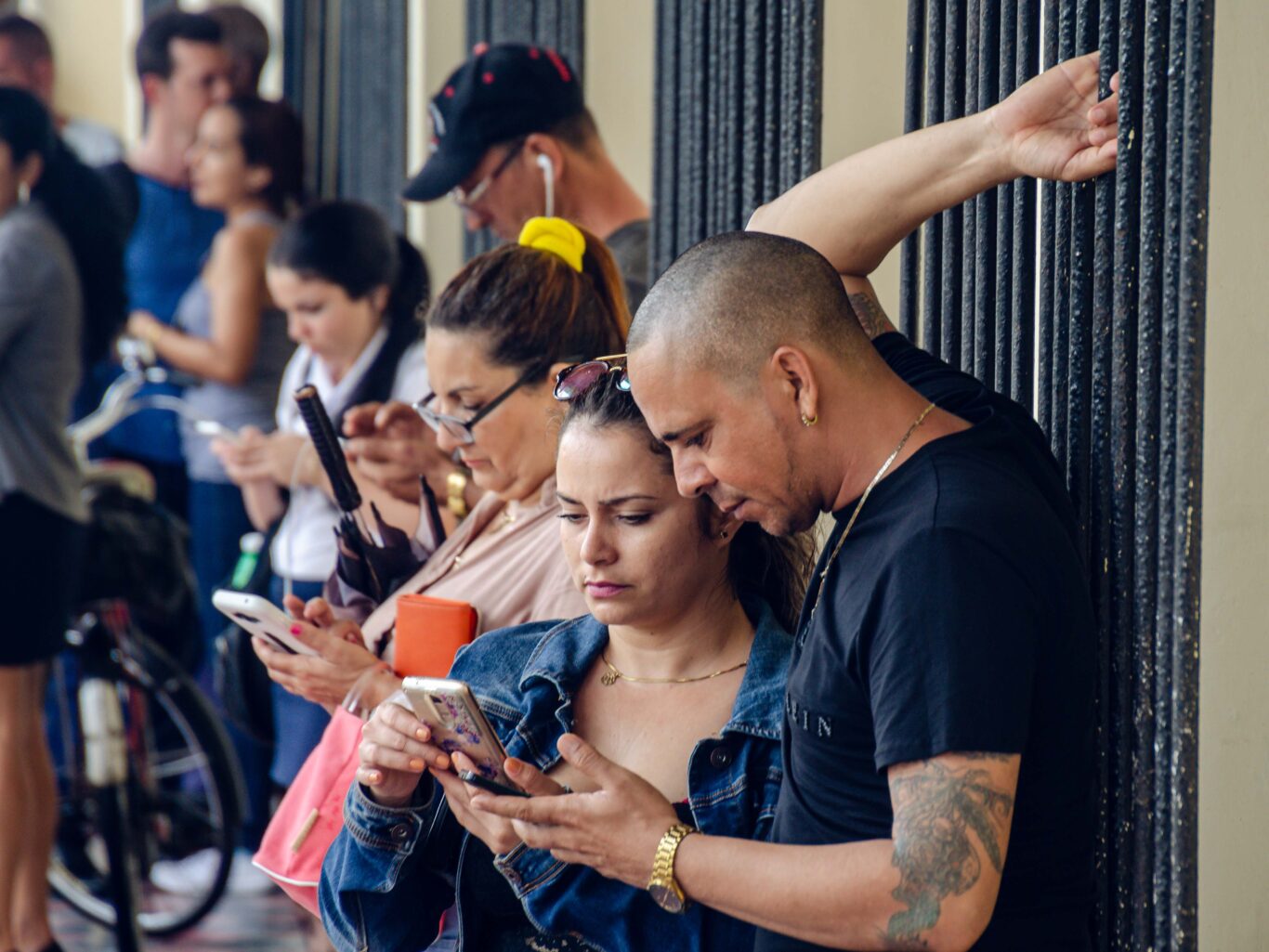
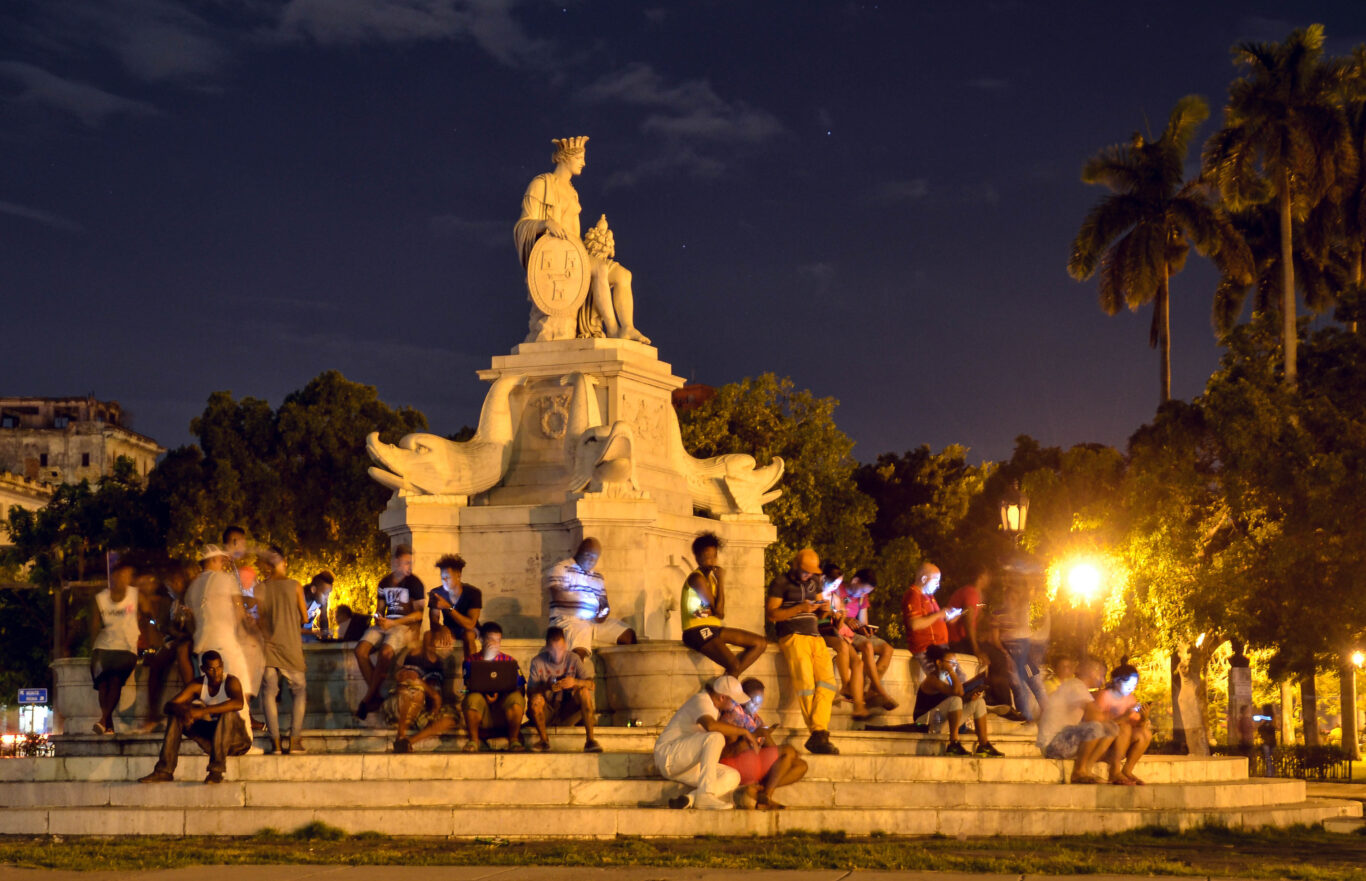
The rejection was immediate and massive. Criticism and memes continue to pour in via WhatsApp, Telegram and X, on an island where humor is as eternal as summer.
But there’s something new this time. Unlike in previous times, when criticism was confined to private banter or whispers on street corners, today — thanks precisely to digital access — outrage is expressed, shared and multiplied. The protest spread beyond social media and, led by university students, users didn’t just complain: they demanded answers.









